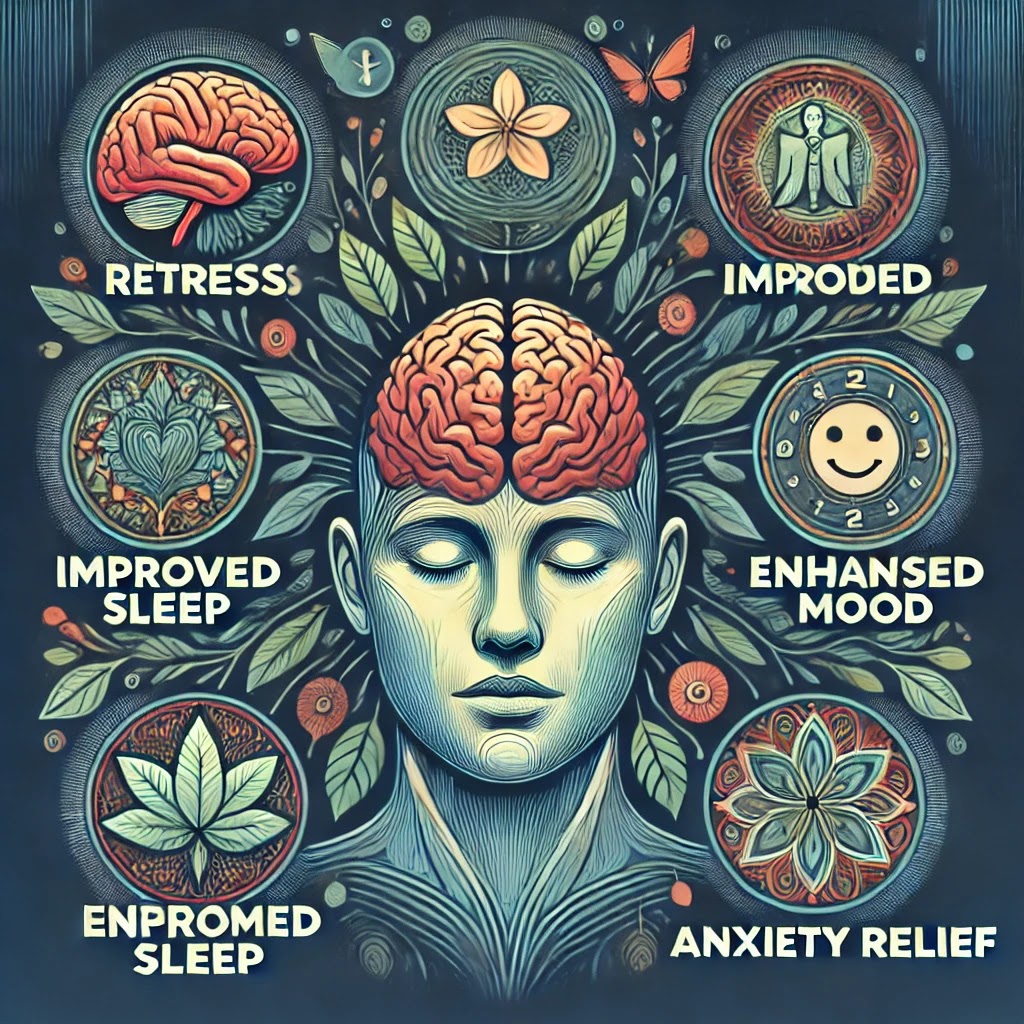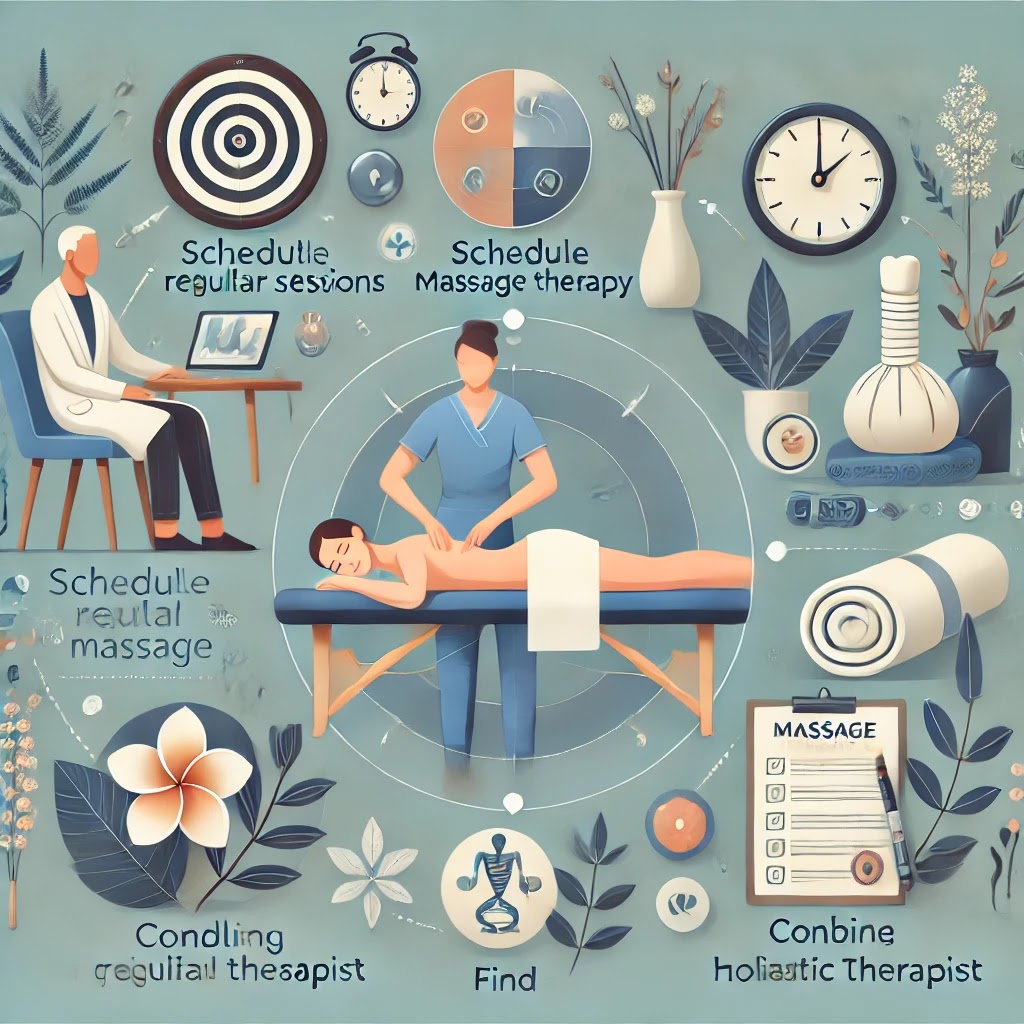Massage Therapy Benefits: Unlocking the Power of Healing Touch
Introduction: Why Massage Therapy Is More Than Just Relaxation
Massage therapy is often associated with relaxation and
stress relief, but its benefits extend far beyond a simple spa experience. This
ancient practice has been scientifically proven to promote physical, mental,
and emotional well-being. Whether used as a form of self-care, pain management,
or a complementary medical treatment, massage therapy plays a vital role in
overall health.
In this article, we explore the diverse benefits of massage
therapy, backed by research and expert recommendations.
According to the National
Center for Complementary and Integrative Health (NCCIH), massage
therapy has been shown to reduce stress, improve circulation, and help manage
chronic pain conditions.
1. Physical Benefits of Massage Therapy
Massage therapy has a profound impact on the body, improving
circulation, flexibility, and recovery.
1.1 Pain Relief and Muscle Relaxation
- Reduces
muscle stiffness and tension
- Alleviates
chronic pain conditions like fibromyalgia and arthritis
- Speeds
up recovery from injuries
A study published in the Journal of
Pain Research found that massage therapy significantly reduces lower
back pain and improves mobility.
1.2 Improved Blood Circulation
- Enhances
oxygen and nutrient delivery to tissues
- Promotes
faster healing and reduces swelling
- Supports
cardiovascular health
1.3 Boosted Immune System
- Stimulates
lymphatic drainage
- Reduces
inflammation and enhances the body's ability to fight infections
Research from the Cedars-Sinai
Medical Center found that regular massage increases white blood cell
count, strengthening immunity.
2. Mental and Emotional Benefits of Massage Therapy
Massage is not just beneficial for the body—it also has a
powerful effect on mental health.
2.1 Stress and Anxiety Reduction
- Lowers
cortisol (stress hormone) levels
- Increases
serotonin and dopamine (feel-good hormones)
- Promotes
deep relaxation and mental clarity
According to the American
Massage Therapy Association (AMTA), massage therapy can reduce symptoms
of anxiety and depression by up to 50%.
2.2 Improved Sleep Quality
- Encourages
relaxation, leading to deeper sleep
- Helps
people with insomnia and restless sleep patterns
- Reduces
nighttime discomfort for chronic pain sufferers
2.3 Enhanced Mood and Mental Clarity
- Helps
with emotional regulation
- Improves
focus and cognitive function
- Reduces
symptoms of PTSD and chronic stress disorders
Studies from the Mayo
Clinic suggest that massage therapy can improve mood and mental
well-being by stimulating the production of neurotransmitters linked to
happiness.
3. Medical and Therapeutic Benefits of Massage Therapy
Massage therapy is increasingly used in medical settings to
complement traditional treatments.
3.1 Massage for Chronic Conditions
- Helps
manage symptoms of arthritis, fibromyalgia, and migraines
- Reduces
joint stiffness and improves mobility
- Enhances
quality of life for chronic illness patients
3.2 Post-Surgical and Injury Recovery
- Speeds
up tissue regeneration and reduces scar formation
- Alleviates
post-surgical swelling and pain
- Enhances
flexibility and range of motion
3.3 Support for Neurological and Autoimmune Disorders
- Helps
manage symptoms of multiple sclerosis and Parkinson’s disease
- Reduces
nerve pain associated with diabetic neuropathy
- Supports
patients undergoing chemotherapy by alleviating treatment side effects
The Cleveland
Clinic recognizes massage therapy as a valuable complementary treatment
for patients with chronic pain and neurological conditions.
4. Different Types of Massage and Their Specific Benefits
There are various types of massage therapy, each designed
for specific needs.
4.1 Swedish Massage (Relaxation & Circulation)
- Ideal
for stress relief and general wellness
- Improves
blood flow and reduces tension
4.2 Deep Tissue Massage (Pain & Muscle Recovery)
- Targets
deep layers of muscles
- Helps
with injury recovery and chronic pain
4.3 Sports Massage (Athletic Performance & Injury Prevention)
- Prevents
sports injuries
- Enhances
flexibility and muscle function
4.4 Reflexology (Holistic Health & Energy Balance)
- Stimulates
pressure points in the feet and hands
- Supports
overall well-being and internal organ function
Want to know which type of massage suits your needs? Visit Massage Magazine for expert
recommendations.
5. How to Incorporate Massage Therapy Into Your Wellness
Routine
To maximize the benefits of massage therapy, consider making
it a regular part of your self-care routine.
5.1 Finding a Qualified Massage Therapist
- Look
for certified professionals through organizations like NCBTMB
- Check
reviews and client testimonials
5.2 Creating a Personalized Massage Schedule
- Weekly
or biweekly sessions for stress and chronic pain
- Monthly
maintenance for general wellness
5.3 Combining Massage with Other Holistic Therapies
- Pair
with yoga, meditation, or acupuncture
- Maintain
a healthy diet and hydration for optimal results
Conclusion: Embrace the Transformative Power of Massage Therapy
Massage therapy is more than just a luxury—it is a
scientifically proven method for improving physical health, mental well-being,
and overall quality of life. Whether you’re seeking pain relief, stress
reduction, or enhanced mobility, incorporating regular massage sessions into
your wellness routine can be life-changing.
Ready to experience the benefits of massage therapy? Find a
certified professional through the American
Bodywork & Massage Professionals (ABMP).







